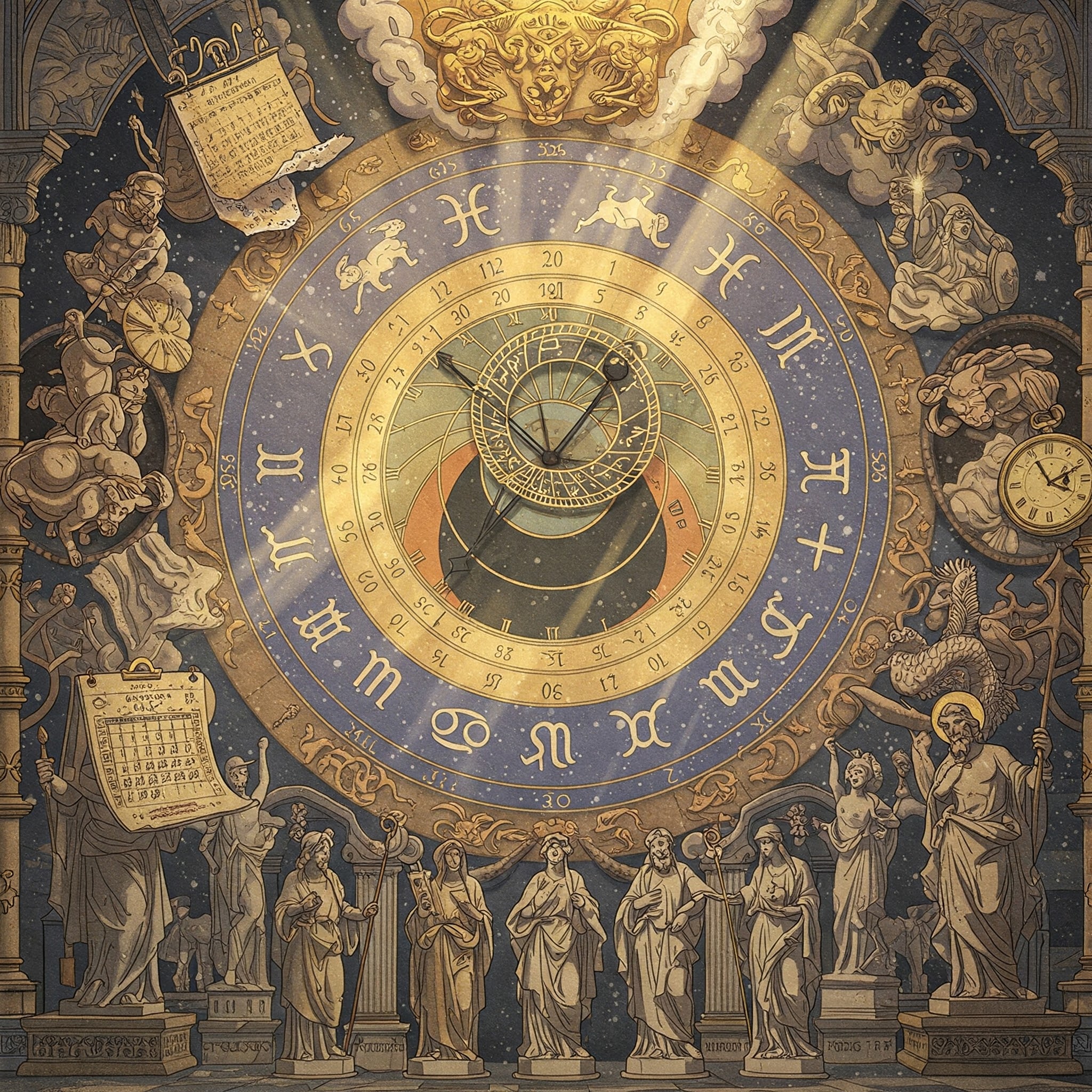According to widespread belief across multiple religious and cultural traditions, the number twelve embodies fundamental cosmic organization, completeness, and divine harmony. This numerical order manifests in deliberate twelve-part structuring of time (calendars, clocks), space (zodiac divisions), and social organizations (councils, juries, disciples). The number supposedly provides enhanced stability and effectiveness to any system organized around it. Some traditions specify that twelve works through establishing perfect balance between the physical (four elements) and the spiritual (three divine aspects), multiplied together to create complete manifestation (4×3=12). Twelve is thus viewed as a symbol of balance and totality, bridging material and spiritual realms in perfect unity.

A baby’s future career or fate is predicted by the first object they select during a ceremonial setup.
In several Asian and Eastern European cultures, a traditional ceremony is held for babies usually around their first birthday. Known


